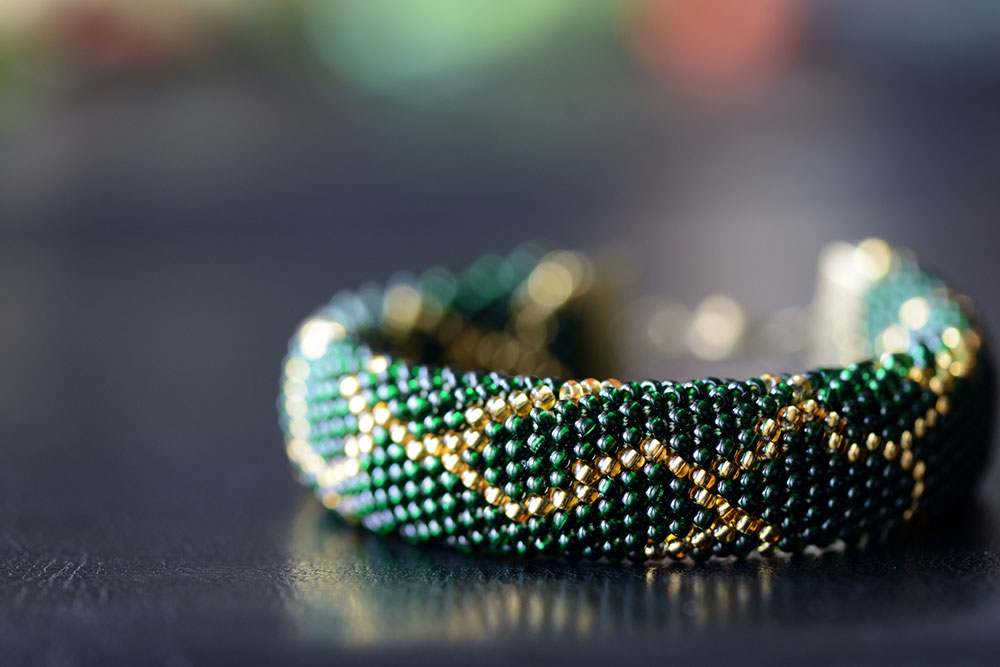9 types of event wristbands to consider

Event organizers often look for ways to identify participants quickly and promote their events in the best possible ways. Wristbands are trendy and effective ways to achieve this feat. A variety of wristbands are available, and many of them are innovative and weather- and sweat-resistant. However, one needs to consider various aspects before buying wristbands for an event, including the type of event being organized. So, here are some wristband options for event organizers to pick from:
1. Vinyl wristbands
Weatherproof wristbands and bracelets are a blessing because they can withstand different weather conditions. Since vinyl is resistant to humidity, UV rays, and water, it can be worn for all indoor and outdoor activities, including swimming and sports. They remain on the participant’s wrist for long periods because of their sturdiness. Also, they are profitable for event organizers in the long run because they are durable and do not require any maintenance. Many reputed brands offer vinyl wristbands in different sizes and colors.
2. Silicone wristbands
These straightforward silicone wristbands are precisely what one might expect—basic yet trendy. They are highly weatherproof and survive exposure to heat and water, so they are suited for rough use and daily wear. One can pick from various colors in which these wristbands are easily available; these different shades help differentiate opponents or participants from different teams easily. They are also easily removable, and participants in events are sure to feel comfortable having them on even for long hours.
3. Tyvek wristbands
These light and durable wristbands are resilient to water, UV rays, chemicals, heat, etc. and are the preferred choice of many event organizers. Also, Tyvek wristbands are numbered, so they help keep a count of participants and ensure that team activities are organized. Also, they have adhesive closures, so participants cannot directly remove them; they need to be cut off. Since many events do not allow participants to carry sharp objects like scissors and knives, they may be unable to remove these bands as long as they are on the event premises. So, Tyvek wristbands ensure heightened security at events.
4. Satin and woven bracelets
Satin and woven bracelets are classy and trendy. They also have permanent closures, as rings or plastic cylinders fasten them, and cannot be removed or loosened once worn. As a result, they also ensure no security breach at the event. As a bonus, these esthetic bracelets make for wonderful souvenirs for participants.
5. RFID wristbands
Also called “cashless wristbands,” RFID wristbands are emerging as popular choices among event organizers. These wristbands leverage NFC technology, which involves exchanging information between an RFID antenna and a chip. The tag is either visible as a card on the band or hidden in the wristband material. Usually, silicone or cloth are used to create these wristbands. There are three types of RFID wristbands: active, passive, and battery-assisted. The passive ones do not have an in-built battery, so they rely on the energy produced by the reader. On the other hand, the active ones have an in-built battery and do not require a reader. The battery-assisted ones have a battery that only provides power to the tag when it is close to the reader.
6. Plastic wristbands
Plastic wristbands are made of plastic and have a snap button, which pops them open. These are water- and weatherproof, so they can be used for indoor and outdoor events. Also, they are relatively more affordable than vinyl wristbands. However, these wristbands cannot be reused, increasing the long-term costs for event organizers. Further, these need to be recycled to prevent the accumulation of plastic waste.
7. Sweat wristbands
As the name suggests, sweat wristbands are popularly worn at events that have high-intensity, sweat-inducing activities, primarily sporting events. They absorb heat from the skin and make one feel more at ease while playing a sport or attending an event in the scorching summer heat. What’s more, these wristbands are available in various colors, so event organizers can buy sweatbands of different colors to differentiate participants or teams.
8. Printed cloth wristbands
These wristbands are made of a cloth material, such as polyester, and have a satin finish. A customized message, such as the participant’s or team’s name, may be printed on the wristband, which looks clear and esthetic due to the satin finish. Printed cloth wristbands are durable and affordable, but they may not be weatherproof. For this reason, they are not suited for sporting events involving water sports or during the rain.
9. PVC wristbands
These L-shaped wristbands are fastened by clasps, which makes them secure and durable. However, participants cannot directly open these clasps, so the band needs to be entirely cut off after the event. Thus, PVC bands cannot be reused. They are available in various colors and can be customized to incorporate the company’s name or logo, team or participant name, event name, etc. Because it is tamper-resistant, it is a good choice for events, even though it is a little more pricey than the other types of event bands.
While choosing a wristband for an event, organizers should consider the type of event, the weather conditions, and their overall budget. Those who conduct events frequently may benefit from reusable wristbands because they can be distributed at all events, reducing one’s long-term costs.


